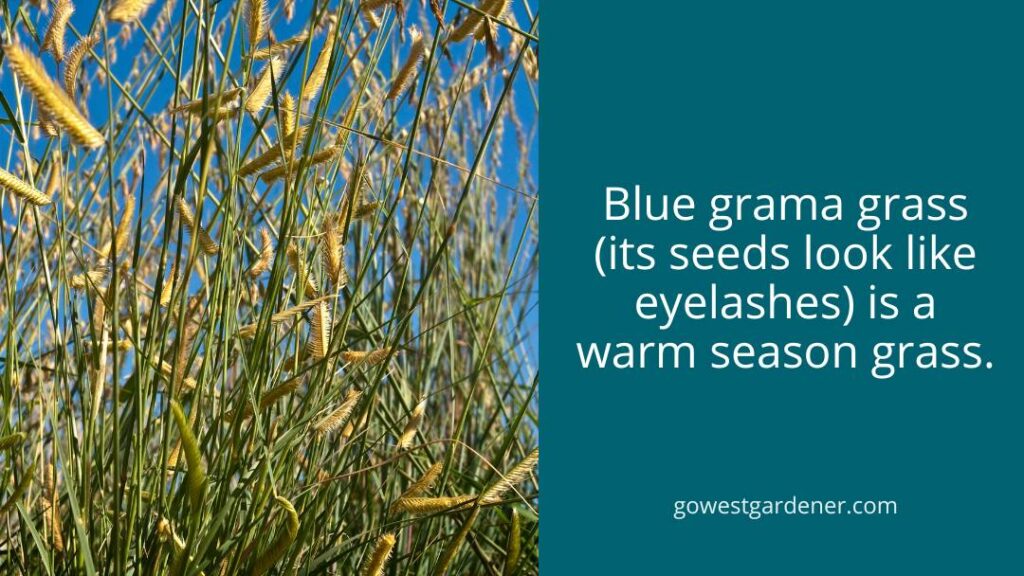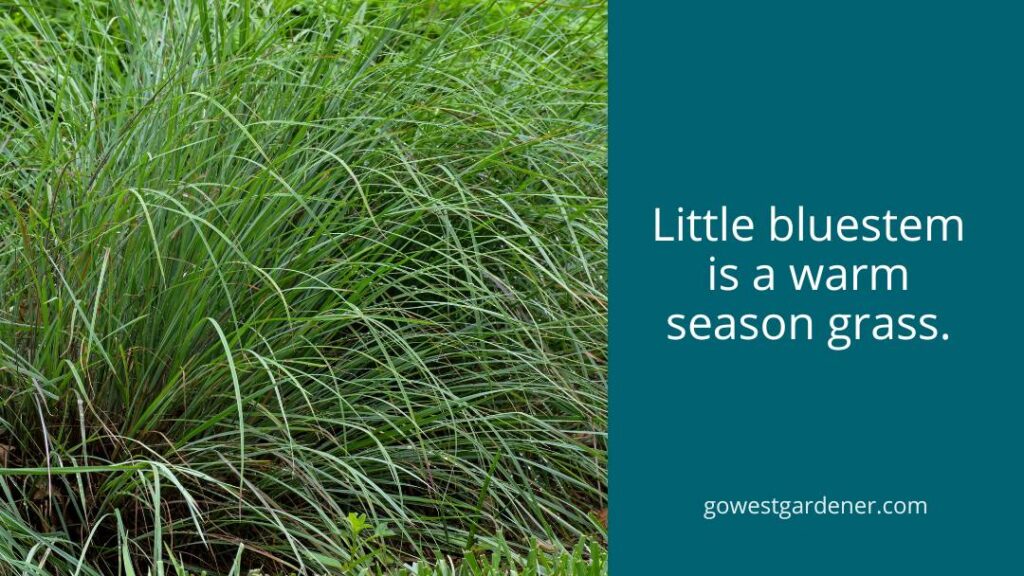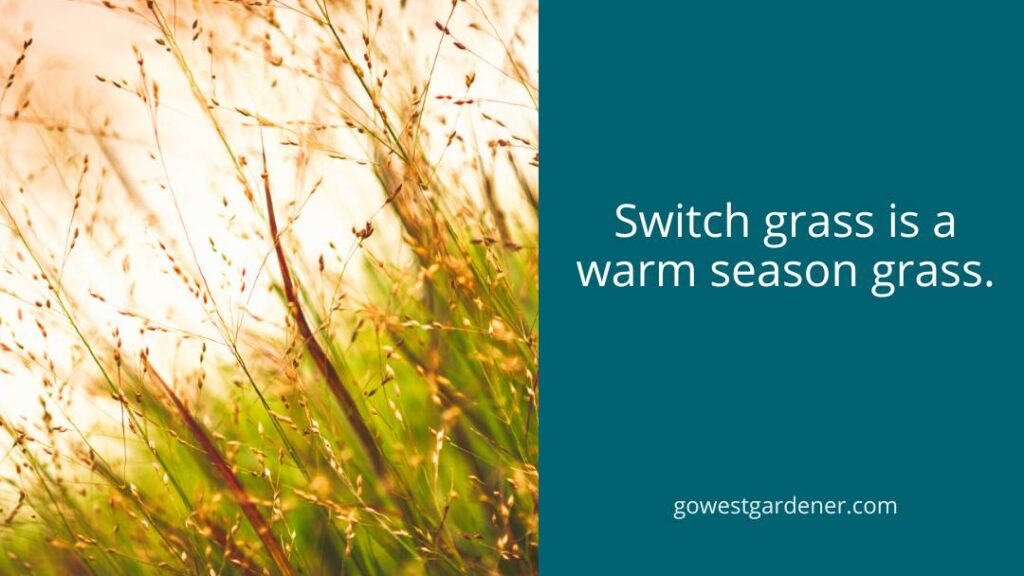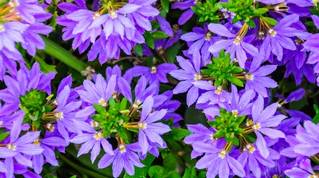Have you noticed…
… that some of your plants are overachievers in the spring—eager to emerge from the ground in all their leafy glory? Meanwhile, other plants don’t seem to be doing much AT ALL.
As plant lovers, it’s natural for us to look at the latter and wonder:
Hey, are you even alive?
Did we do something wrong?
Wait, are you ghosting us??
The biggest culprits are often ornamental grasses.
Ornamental grasses are the showy grasses you plant in your garden for year-round interest.
Some grasses burst from the ground in the spring looking all green and lush.
Others? Not so much.
They’re more like teenagers on a Saturday morning: S-L-O-W to wake up.
I had a neighbor stop me in early April and glumly share: “I don’t think my ornamental grasses made it through winter.” (I think she took it personally.) But nope, her grasses are alive and well! Just slow to wake up.
So, if you’ve ever wondered, “Why aren’t my ornamental grasses growing?”, here’s a helpful thing to understand about grasses.
Some grasses grow when temperatures are mild. These “cool season” grasses are off to the races in the spring. Then, they go dormant when it gets hot, meaning they aren’t actively growing over the summer.
Other grasses are in their happy place in the heat. These “warm season” grasses green up when it gets hot, like in the late spring and summer.
Want some examples?
You may recognize the ornamental grass below: Karl Foerster feather reed grass. It’s used in a lot of landscapes. It’s a popular ornamental grass that thrives in mild temps. It goes dormant in the summer heat.
The lawn grass, Kentucky bluegrass, is a cool season grass too. It grows in cooler temps, going dormant in the summer heat.
Little bluestem grass, blue grama grass, and switchgrass are all examples of warm season grasses. They thrive in the heat.
So, if your ornamental grasses aren’t growing in the spring…
They may be warm season grasses that are waiting for the heat.
If your ornamental grasses aren’t growing in the summer…
They may be cool season grasses that have gone dormant in the heat. They may be waiting for cool temperatures to return.
The Colorado State University Extension has a table that notes which ornamental grasses are cool season and which are warm season. You can use it to check the grasses in your own garden. (Unfortunately, the chart doesn’t have photos, so you need to know what kind of grasses you have. If you saved your plant tags, great!)
If you’re interested in the science behind cool and warm season grasses, the University of Illinois Extension has a quick write-up.

















